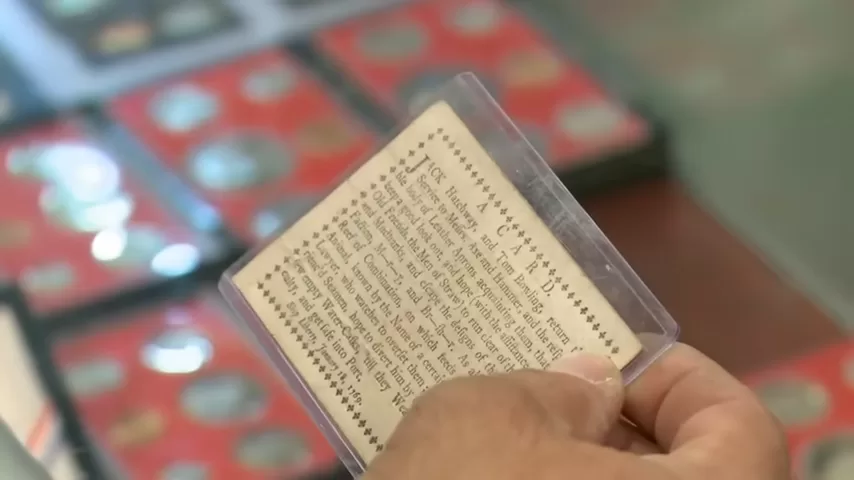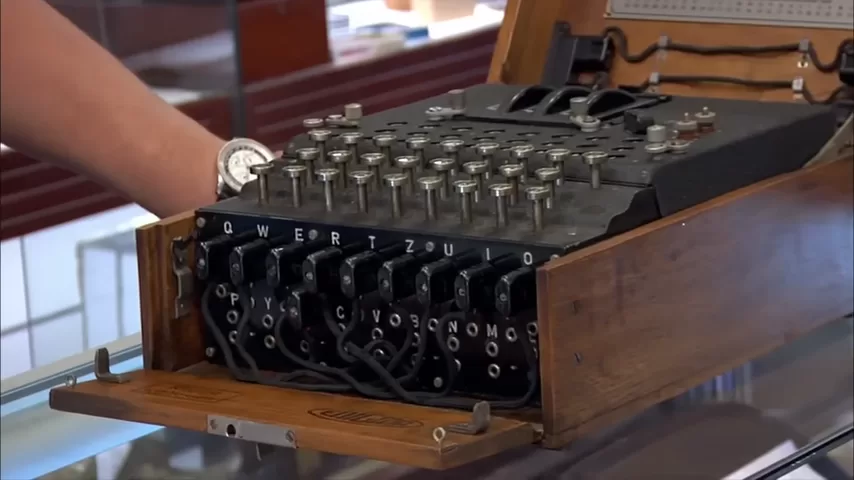In an era where political ads are everywhere — from TV screens to smartphones — it’s hard to imagine a time when political propaganda was printed on playing cards. But that’s exactly what happened in colonial America, long before television debates or campaign buttons existed.
When a man walked into a Las Vegas pawn shop with a four of clubs from 1769, he didn’t just bring in a game piece — he brought in a rare artifact from pre-Revolutionary American history, with an embedded political message that had nothing to do with card games.
“Pick a card, any card,” he said.
“I’m just assuming it’s this one,” the shopkeeper replied.
“It’s one of the oldest American playing cards — from 1769.”
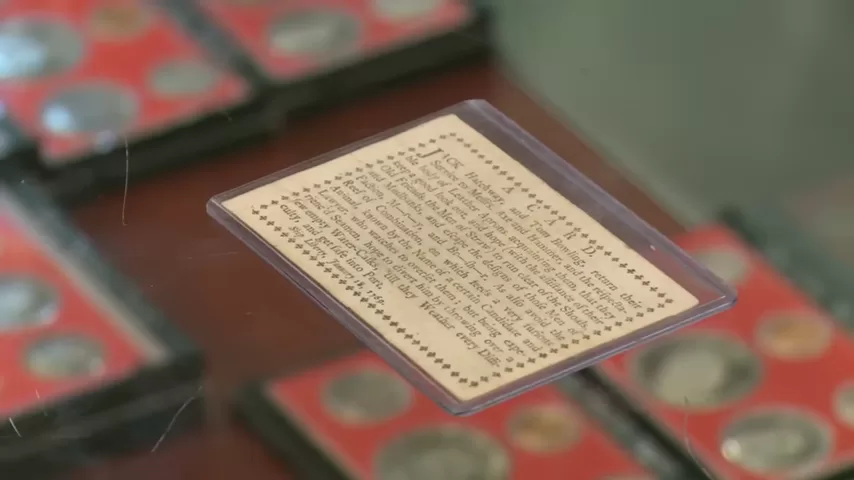
And with that, the game was on.
Colonial Entertainment, Propaganda Style
In the 1700s, leisure time looked a little different. There were no phones, no radio, and no Instagram reels. So what did people do?
They played cards.
Card games were a favorite pastime in taverns, parlors, and front porches across the colonies. But this specific card wasn’t designed to help someone win a round of Whist or Loo — it was meant to send a message.
“It’s not just a playing card,” the owner explained. “It’s also a political document.”
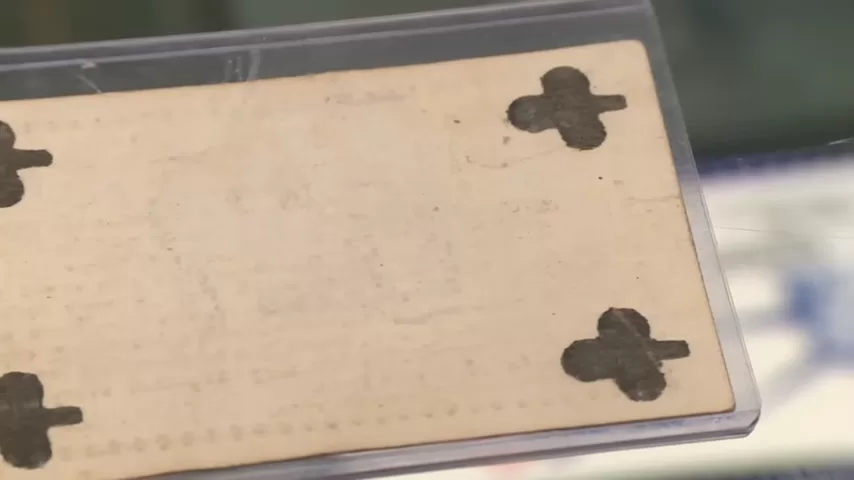
Indeed, on the back side of the card, an 18th-century political statement was printed — a bold, opinionated message warning voters not to support certain candidates.
Faction vs. Freedom
Printed in 1769 — just seven years before the Declaration of Independence — this card was essentially a political broadside in miniature form. It spoke directly to colonial voters, warning them to “escape the designs of those men of faction.”
In that era, “faction” referred to corrupt political groups or self-interested alliances, the kind the Founding Fathers feared could tear democracy apart.
“Faction was considered a bad thing,” the expert explained. “You were only supporting one side, and not the good of the people.”
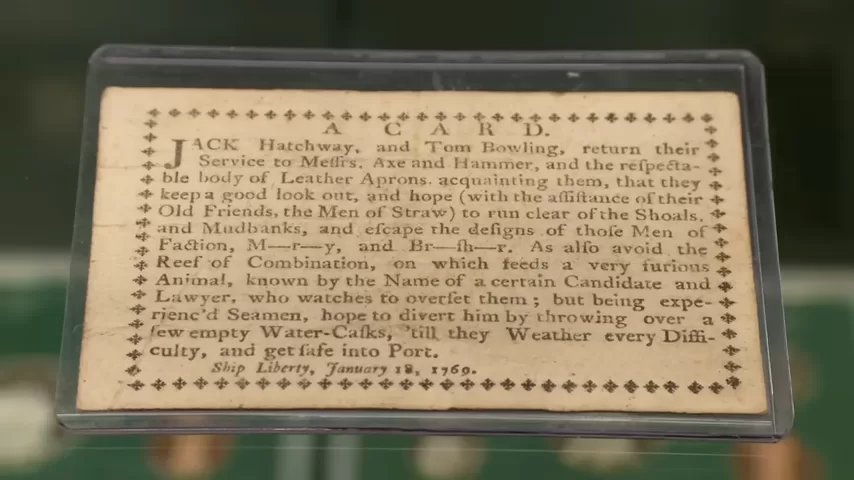
This message warned against voting for two individuals: Mr. Murray and Mr. Brasher, colonial candidates the author clearly didn’t trust.
This wasn’t campaign literature handed out at polling stations — this was propaganda slipped into the most mundane parts of daily life. It was a reminder of how deeply political sentiment ran during the run-up to the American Revolution, and how cleverly it was distributed.
How It Was Made
Though the political message was printed in colonial America, the playing card itself likely wasn’t. According to expert Mark Hall-Patton, playing cards were imported from England, often with blank backs.
That made them the perfect surface for other uses — including messages like this.
“Cards were printed in England and brought into the U.S.,” Mark explained. “This one has a political message added on the back, making it a dual-purpose item.”
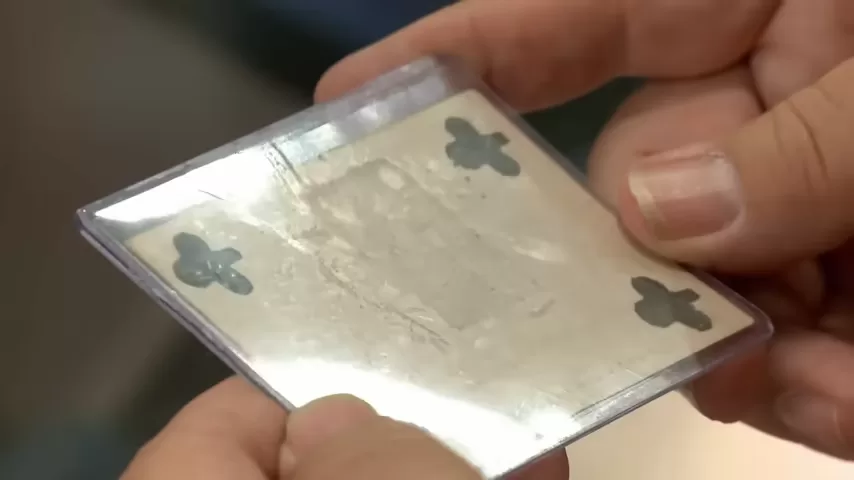
The card is printed on laid paper, typical of the time, and features typography consistent with 1760s printing techniques.
A Scarce Find: One of a Kind?
How rare is it?
“It’s very scarce,” Mark noted. “I know of only four or five in public collections.”
That level of scarcity elevates the card far above typical 18th-century ephemera. It’s not just a fragment of printing history — it’s a slice of the political climate before the birth of the United States.
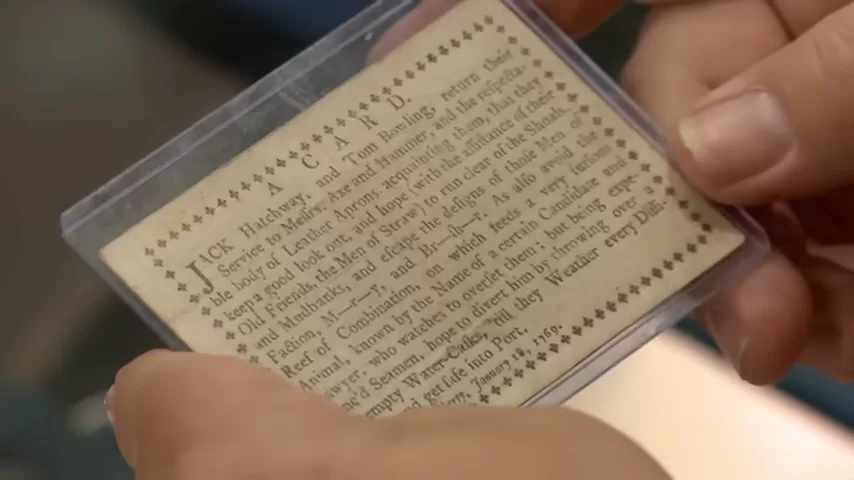
And in an age where many early American documents were either recycled, destroyed, or lost to time, the survival of this single card — intact, legible, and politically charged — is remarkable.
Appraisal and Negotiation: What’s It Worth?
The seller came in asking $1,500, believing the card’s age and uniqueness supported the price. After authentication and discussion, a deal was struck at $1,200.
“You heard it,” the shopkeeper said. “1760s rebellious spirit in America — very rare card.”
It was, as they agreed, a fair deal for both sides.
“I think it’s a fair price,” the seller said. “With the $1,200, I’ll definitely look for more things I think they’ll be interested in.”
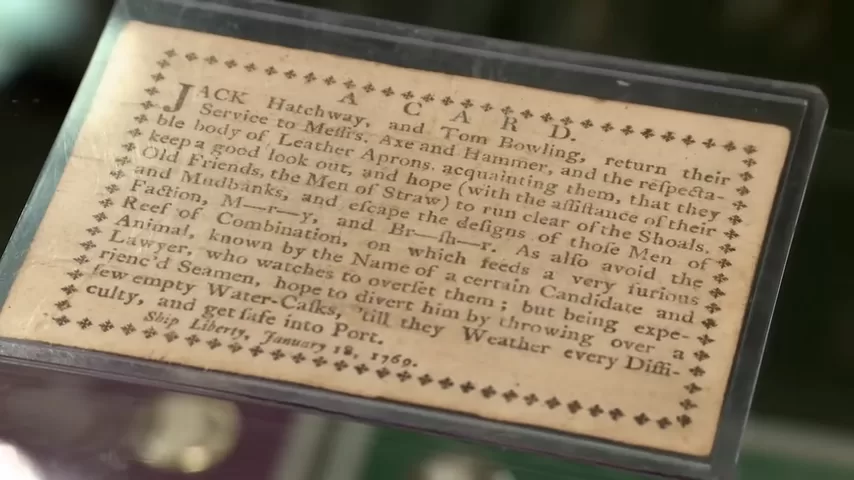
Why It Matters Today
It’s easy to forget that America didn’t become America overnight. Long before the shots at Lexington and Concord, the seeds of revolution were planted — not just in Boston taverns or Philadelphia courthouses, but in the small gestures of everyday people.
This card is one such gesture. A political opinion printed on a playing card, likely handed discreetly from person to person, urging citizens to think before they voted.
It’s propaganda, sure — but it’s also freedom of speech, civic engagement, and a reminder that the political battles of today are built on centuries of democratic practice.
Final Thoughts: The Power of Paper
At first glance, it might look like just a piece of old cardboard with ink on it. But this 1769 playing card is a document of rebellion, persuasion, and pre-revolutionary American identity.
It reflects a time when political messages weren’t in tweets but in print — passed around by hand, played across wooden tables, or tucked into coat pockets.
And maybe most importantly, it reminds us that even in a world without television or social media, people found creative, subtle ways to shape the future.
